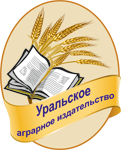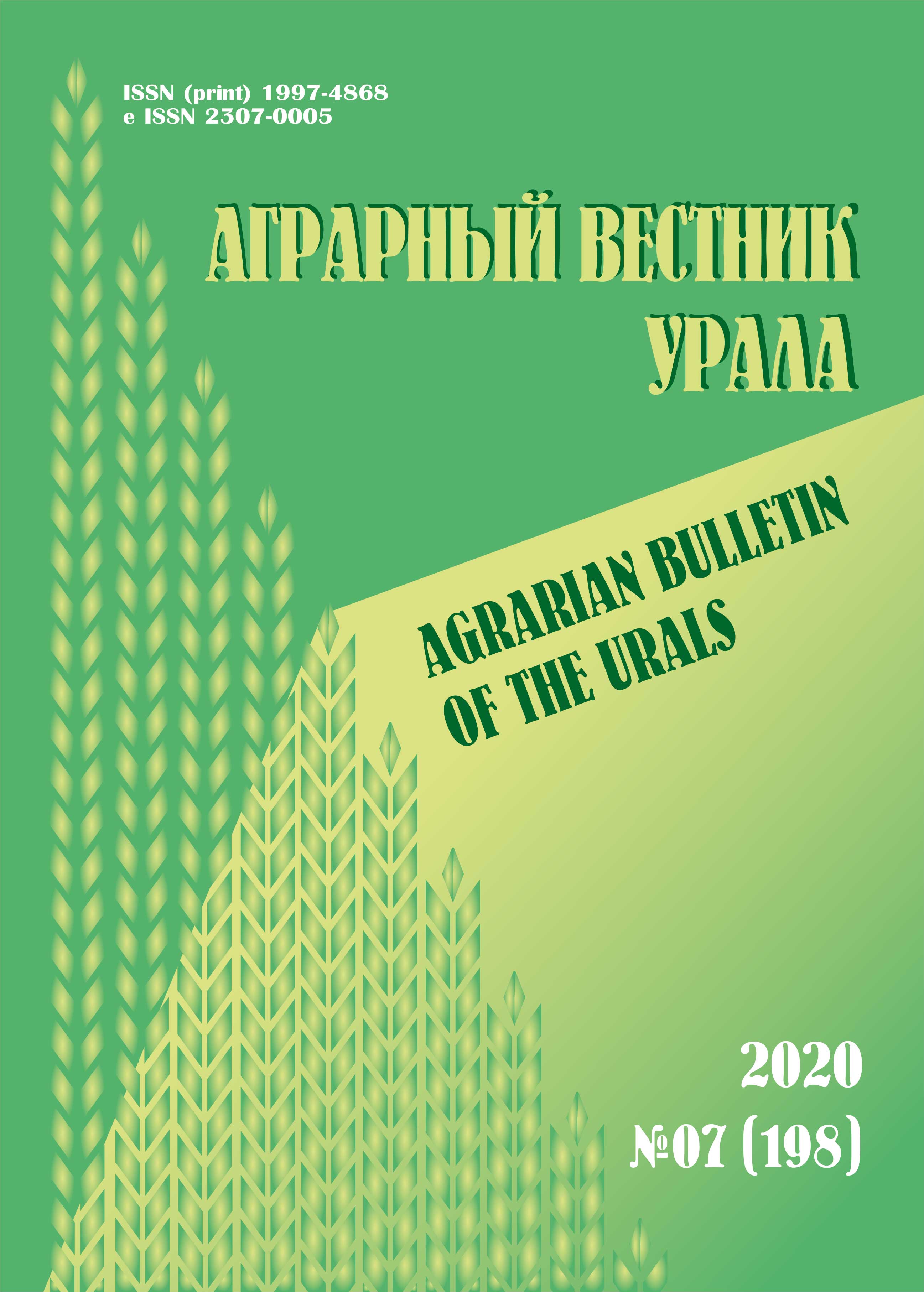Abstract. The aim of the study was to determine the content of the main groups of biologically active substances in the green mass of 8 species of perennial onions (Allium L.) during flowering. Methods. The freshly collected raw materials – leaves and flower scapes in A. altaicum Pall., A. flavum L., A. nutans L., A. obliquum L., A. ramosum L., A. schoenoprasum L., A. senescens L. var. glaucum Regel and A. strictum Schrader were analyzed. We used the generally accepted methods of phytochemical analysis. The dry matter content was determined by drying 1 g of raw materials at 100–105 °C to constant weight. The amount of phenolic compounds, pectin substances, total sugars, and carotenoids was determined spectrophotometrically. The amount of ascorbic acid was determined by the titrimetric method. All biochemical indicators, except for ascorbic acid, were calculated on the absolutely dry weight. Results. It has been established that the green mass of onions during flowering phase contains: dry matter – up to 28.3 %, flavonols – up to 1.8 %, tannins – up to 6.3 %, pectin substances – up to 14.7 %, total sugars – up to 42.9 %, ascorbic acid – up to 105.4 mg %, and carotenoids – up to 43.8 mg %. The content of catechins is 0.05–0.19 %. A. flavum and A. obliquum have the highest contents of main groups of biologically active substances, and the relatively low indicators are in A. ramosum and A. senescens var. glaucum. Scientific novelty. The quantitative content of catechins, tannins, pectin substances and carotenoids was studied in the onion species for the first time. The findings testify to the prospects of perennial onions as a source of various bioactive compounds.
Allium, perennial onions, biologically active substances, green biomass, flowering
1. Tuhvatullina L. A., Abramova L. M. Biologiya i biohimiya nekotoryh lukov v bashkirskom Predural'e // Izvestiya Orenburgskogo gosudarstvennogo agrarnogo universiteta. 2016. № 3 (59). S. 185-188. EDN: https://elibrary.ru/WGXUGR
2. Golubev F. V., Golubkina N. A. Differenciaciya rasteniy roda Allium L. po otnosheniyu k mikroelementam // Biogeohimiya - nauchnaya osnova ustoychivogo razvitiya i sohraneniya zdorov'ya cheloveka: trudy XI Mezhdunarodnoy biogeohimicheskoy shkoly. Tula, 2019. S. 28-32. EDN: https://elibrary.ru/ZYNQUX
3. Upadhyay R. K. Nutritional and therapeutic potential of Allium vegetables // Journal of Nutritional Therapeutics. 2017. Vol. 6. No. 1. Pp. 18-37. DOI: https://doi.org/10.6000/1929-5634.2017.06.01.3; EDN: https://elibrary.ru/AGARVT
4. Lachowicz S., Oszmiański J., Wiśniewski R. Determination of triterpenoids, carotenoids, chlorophylls, and antioxidant capacity in Allium ursinum L. at different times of harvesting and anatomical parts [Elektronnyy resurs] // European Food Research and Technology. URL: https://link.springer.com/article/10.1007/s00217-018-3042-3 (data obrascheniya: 22.01.2021). DOI:https://doi.org/10.1007/s00217-018-3042-3. EDN: https://elibrary.ru/TXWBDW
5. Kothari D., Lee W. D., Kim S. K. Allium flavonols: health benefits, molecular targets, and bioavailability // Antioxidants (Basel). 2020. Vol. 9 (9). P. 888. DOI:https://doi.org/10.3390/antiox9090888. EDN: https://elibrary.ru/PIYZNW
6. Lenková M., Bystrická J., Tόth T., Hrstková M. Evaluation and comparison of the content of total polyphenols and antioxidant activity of selected species of the genus Allium // Journal of Central European Agriculture. 2016. Vol. 17. No. 4. Pp. 1119-1133. DOI:https://doi.org/10.5513/JCEA01/17.4.1820.
7. Sobolewska D., Michalska K., Podolak I., Grabowska K. Steroidal saponins from the genus Allium // Phytochemistry Reviews. 2016. Vol. 15. Pp. 1-35. DOI:https://doi.org/10.1007/s11101-014-9381-1. EDN: https://elibrary.ru/WUMOAL
8. Beretta H. V., Bannoud F., Insani M., Berli F., Hirschegger P., Galmarini C. R., Cavagnaro P. F. Relationships between bioactive compound content and the antiplatelet and antioxidant activities of six Allium vegetable species // Food Technology and Biotechnology. 2017. Vol. 55. No. 2. Pp. 266-275. DOI:https://doi.org/10.17113/ftb.55.02.17.4722.
9. Asemani Y., Zamani N., Bayat M., Amirghofran Z. Allium vegetables for possible future of cancer treatment // Phytotherapy Research. 2019. Vol. 33. No. 8. Pp. 1-21. DOI:https://doi.org/10.1002/ptr.6490.
10. Bazhenova B. A., Egorova R. A., Zabalueva Yu. Yu., Burhanova A. G. Sostav i antioksidantnaya aktivnost' luka uglovatogo (Allium angulosum L.), proizrastayuschego v Pribaykal'skom regione // Himiya rastitel'nogo syr'ya. 2020. № 3. S. 81-89. DOI:https://doi.org/10.14258/jcprm.2020036549. EDN: https://elibrary.ru/LQMBSI
11. Seredin T. M., Ivanova M. I., Shumilina V. V., Ushakova I. T., Marcheva M. M. Mnogoletnie luki, ispol'zuemye v pischevyh, dekorativnyh i lekarstvennyh celyah // Sovremennoe sadovodstvo. 2020. № 1. S. 40-48. DOI: https://doi.org/10.24411/2312-6701-2020-10106; EDN: https://elibrary.ru/QTSVCR
12. Sachivko T. V., Bosak V. N. Ocenka hozyaystvenno poleznyh priznakov mnogoletnih lukov // Sel'skoe hozyaystvo - problemy i perspektivy: sbornik nauchnyh trudov. Grodno, 2016. S. 152-158. EDN: https://elibrary.ru/XALFCD
13. Shtaynert T. V., Aliluev A. V., Avdeenko L. M., Grinberg E. G. Sozdanie i ispol'zovanie genofonda lukovyh rasteniy v Sibiri // Ovoschi Rossii. 2018. № 3. S. 16-21. DOI:https://doi.org/10.18619/2072-9146-2018-3-16-21. EDN: https://elibrary.ru/XTXEFV
14. Fomina T. I. Perspektivnye pischevye i dekorativnye dikorastuschie vidy Allium L. v kollekcii Central'nogo sibirskogo botanicheskogo sada SO RAN [Elektronnyy resurs] // Vestnik Orenburgskogo gosudarstvennogo pedagogicheskogo universiteta. 2020. № 1 (33). S. 48-55. URL: http://vestospu.ru/eng_vers/archive/2020/articles/5_1_2020ang.html (data obrascheniya: 22.01.2021). DOI:https://doi.org/10.32516/2303-9922.2020.33.5. EDN: https://elibrary.ru/PFIXSY
15. Golubkina N. A., Seredin T. M., Molchanova A. V., Kosheleva O. V. Sravnitel'naya ocenka pokazateley antioksidantnoy aktivnosti nekotoryh vidov mnogoletnih lukov // Ovoschi Rossii. 2018. № 5. S. 73-76. DOI:https://doi.org/10.18619/2072-9146-2018-5-73-76. EDN: https://elibrary.ru/YPELXV
16. Ivanova M. I., Buharov A. F., Baleev D. N., Buharova A. R., Kashleva A. I., Seredin T. M., Razin O. A. Biohimicheskiy sostav list'ev vidov Allium L. v usloviyah Moskovskoy oblasti // Dostizheniya nauki i tehniki APK. 2019. T. 33. № 5. S. 47-50. DOI:https://doi.org/10.24411/0235-2451-2019-10511. EDN: https://elibrary.ru/ZNDOCX
17. Shirshova T. I., Beshley I. V., Golubkina N. A., Golubev F. V., Klyuykov E. V, Cheremushkina V. A. Essencial'nye mikronutrienty - komponenty antioksidantnoy zaschity v nekotoryh vidah roda Allium // Ovoschi Rossii. 2019. № 1. S. 68-79. DOI:https://doi.org/10.18619/2072-9146-2019-1-68-79. EDN: https://elibrary.ru/ZXJJLV









